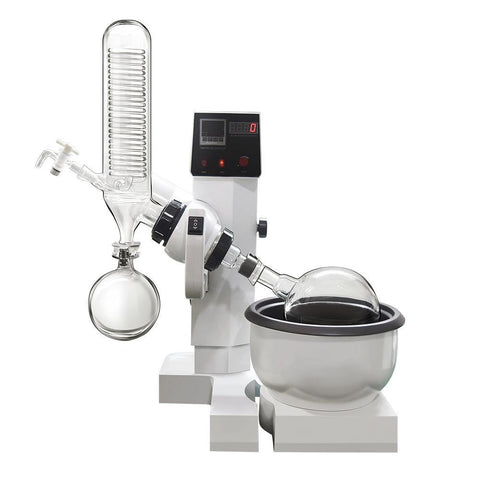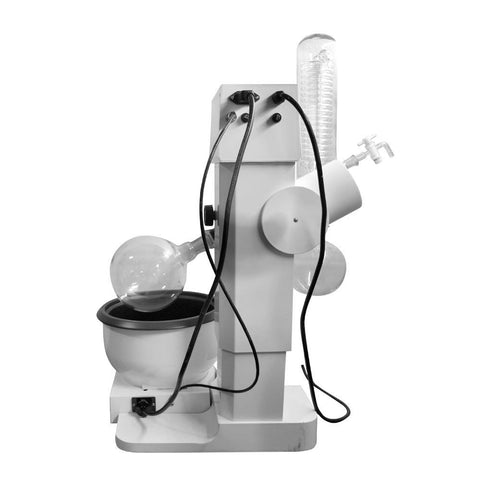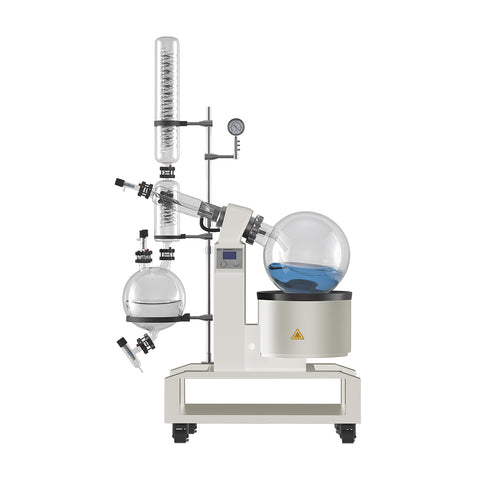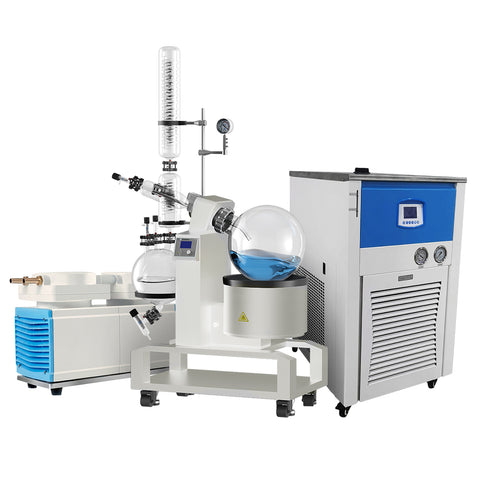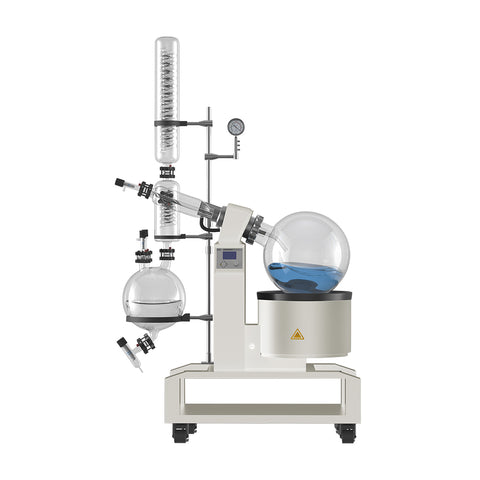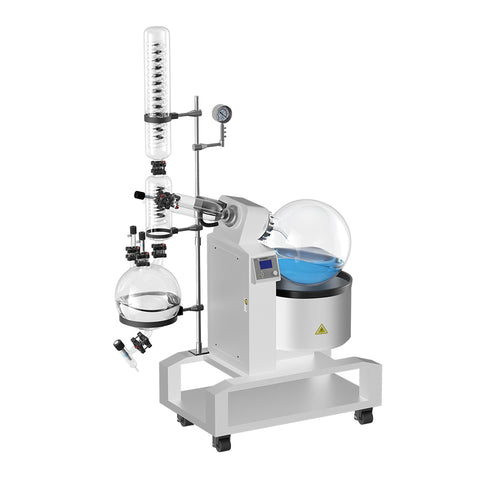Which is better, borosilicate glass or soda-lime glass?
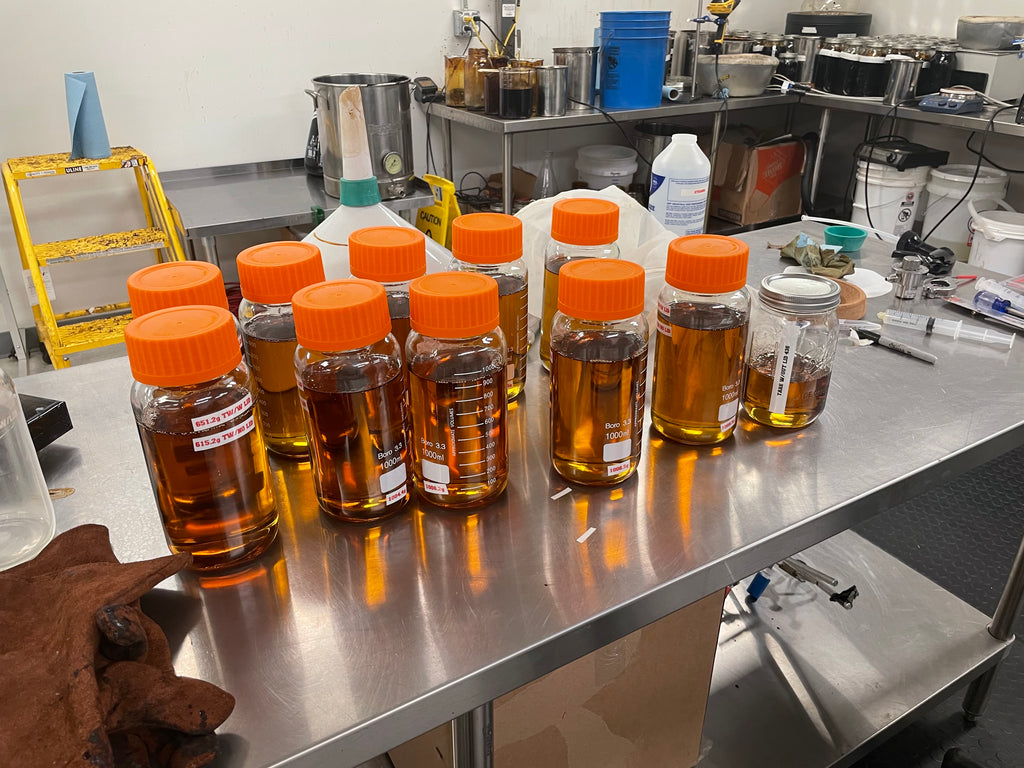
Is soda-lime glass the same as borosilicate glass?
Soda-lime glass is ordinary glass. The main component of ordinary glass is silicon dioxide, which is an amorphous inorganic non-metallic material. Generally, it is mainly composed of a variety of inorganic minerals, such as: quartz sand, borax, boric acid, barite, barium carbonate, limestone, often, Soda ash, etc., and a small amount of auxiliary raw materials are added.It has high chemical stability, but poor heat resistance. It is not recommended to store boiling water. can be used with confidence;
High borosilicate glass is a kind of glass with enhanced refractory performance. On the basis of ordinary glass components, 12.5~13.5% boron is added. In the manufacturing process, it is also necessary to add glaze water glass sand, soda water and lime. The strain temperature can reach 520℃, and the strength is also higher.
Compared with ordinary glass, it has a lower thermal expansion coefficient: (3.3±0.1)×10-6/K, which is only about 1/3 of ordinary glass. That is, the deformation is smaller after being heated, so it is less likely to break after being heated and cooled. Everyone should have this experience. In winter, pour boiling water directly into a thicker glass, and the glass will crack directly.
In addition, water resistance, alkali resistance, acid resistance and other properties are much stronger than ordinary glass. Of course, it does not mean that borosilicate glass will not be broken by heat, but it is not so easy to break compared to ordinary glass, so if you buy borosilicate glass, you still have to be careful.
The insulating tile of the space shuttle is also coated with high borosilicate glass, which shows how strong the high borosilicate glass is.
It is also because the performance is stronger than ordinary glass in all aspects, so the price is higher.
How to choose?
- Transparency: If it is not colored glass, it should be colorless, especially transparent, without any impurities, and without visible glass lumps;
- As a bottle, it is not large in size and uses few materials, so bubbles are not allowed;
- If it is not a special-shaped glass, check the roundness of the cup mouth and the bottom of the cup, whether it is a perfect circle, and whether the distance from each point of the cup mouth to the bottom of the cup is absolutely equal;
- Whether the body of the cup is stamped, and if so, the workmanship is obviously rough;
- Whether there is rubbing and scratches.
- Check themain materials to see if it is ordinary glass or high borosilicate glass.
Maintenance
Whether it is glass or borosilicate glass, they have high hardness, but low strength, that is, they are not resistant to falling and are fragile, so it is best to handle them with care to prevent bumps.
It should be cleaned immediately after each use, not only to clean the body of the cup, but also to clean the lid, bottom of the cup and any other places that may hide dirt.




